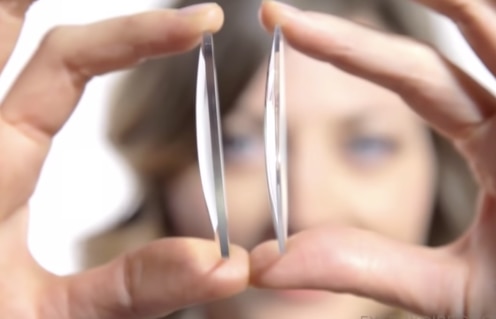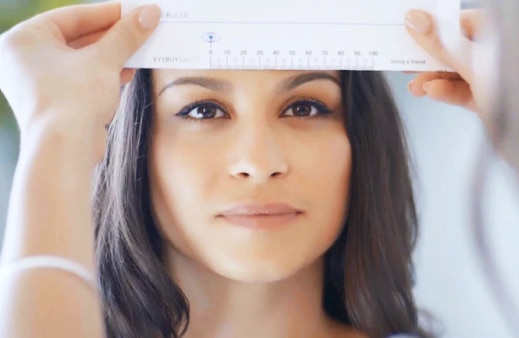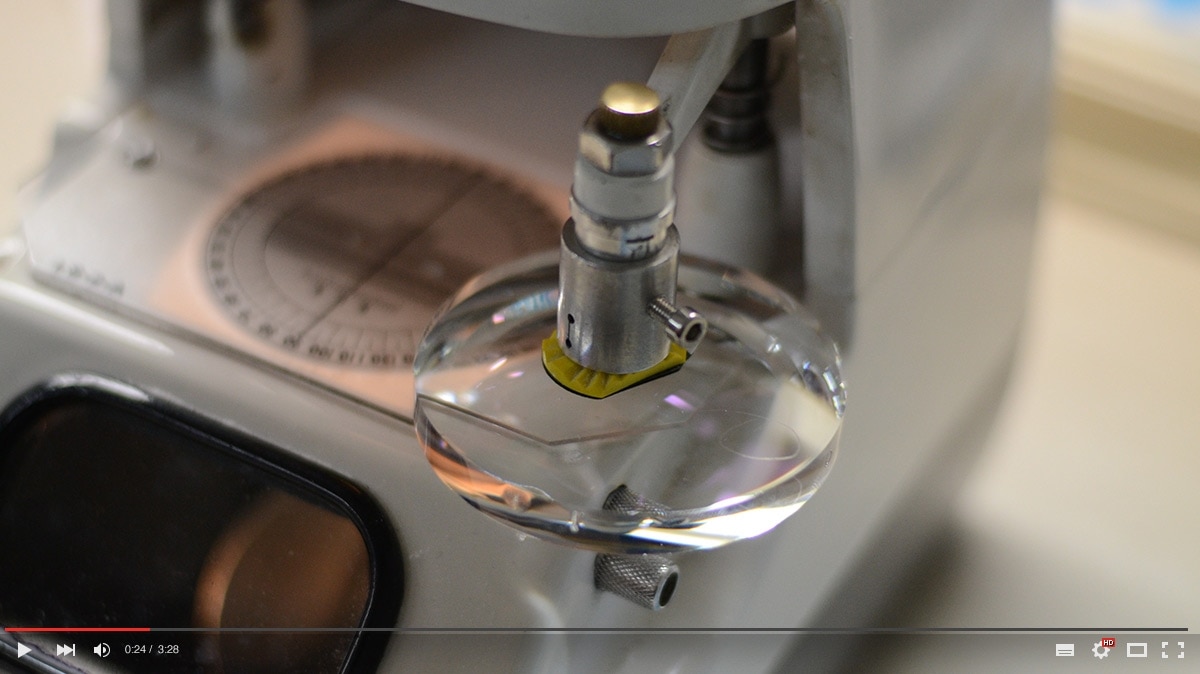Lens Indexes
watch the videoHigh Index Lenses
Lens index is a number that describes how thick or thin your lenses are. The higher a lens' index is, the thinner it becomes. Higher prescriptions require higher index lenses, while lower prescriptions require lower index lenses.
What are high index lenses and what's the difference?
High index lenses are thinner, more powerful lenses. They're lightweight and stylish, but are mostly reserved for those with higher vision correction needs. While most prescriptions are compatible with more than one specific index, it's up to you to decide which one fits your personal needs!
The difference between your glasses' lens index can make a huge impact which is why learning about high index lenses’ meaning is important. Deciding which you should get depends on your prescription and your lifestyle. Thicker lenses are more affordable, but can only accommodate lower vision correction needs. Thinner lenses are lightweight (and more stylish!) and can accommodate MANY kinds of vision needs, including higher prescriptions. In terms of balancing price and quality, 1.59 index polycarbonate lenses accommodate most prescriptions and are extra durable.

Recommended lens index
| Lens index | Features | SPH | CYL | |
|---|---|---|---|---|

|
1.5 INDEX LENS | Conventional single-vision lenses. Available starting from $0. | + 2.25 to -2.25 | +/- 2.00 or below |

|
1.57 INDEX LENS | For people with moderately-strong prescriptions. Thinner and lighter than standard lenses. | -2.50 to -5.00 or +2.50 to +5.00 |
+/- 3.00 or below |

|
1.59 INDEX LENS | Made with premium polycarbonate. Features 100% UV protection. Durable and impact-resistant. | -4.25 to -6.75 or +4.25 to +6.75 |
-2.25 to -3.00 or +2.25 to +3.00 |

|
1.6 INDEX LENS | Stylish and extra-thin. Great choice for stronger prescriptions. | -4.25 to -6.75 or +4.25 to +6.75 |
-2.25 to -3.00 or +2.25 to +3.00 |

|
1.67 INDEX LENS | Extremely thin. Good choice for extra-strong prescriptions. | -7.00 to -9.00 or +7.00 to +9.00 |
-3.25 to -4.00 or +3.25 to +4.00 |

|
1.74 INDEX LENS | As thin as possible Best for the highest prescriptions. | +/-9.25 and above | -4.25 to -6.00 or +4.25 to +6.00 |
1.67 vs 1.74 high index lenses explained
So, what’s the difference between all the different lens index options shown in the table above? Let’s take a look and give you a better idea. Starting with 1.61 vs 1.67 high index lenses — the 1.67 lens is extremely thin whereas despite still being stylish, the 1.61 lens is extra-thin. The 1.67 lens is a great choice for extra-strong prescriptions. What about 1.67 vs 1.74 high index lenses? Well, you can probably guess that the 1.74 is thinner (the thinnest possible!). Go for 1.7.4 high index lenses if you have a high prescription and like your lenses extremely thin, lightweight, and stylish.
What lens thickness should I get?
The lens thickness you should get depends on your prescription and lifestyle. Thicker lenses are more affordable, but can only accommodate lower vision correction needs. High index lenses are thinner, lightweight (and more stylish!), and can accommodate ALL kinds of vision needs, including higher prescriptions! A good compromise lies in 1.59 index polycarbonate indexes, which accommodate most prescriptions and are extra durable.
How do I measure my PD?
Measuring your pupillary distance (PD) is super simple. While you can probably have your local optometrist help you measure it, you can also do it yourself! Just follow these easy steps on our special "How to Measure Pupillary Distance guide". The only thing you need is our free-to-print PD ruler.

You’re all set!
Now you’re all clear on the best lens index for your prescription; you’re ready to explore our massive range of men and women’s frames.
Shop men’s eyeglasses Shop women’s eyeglasses






